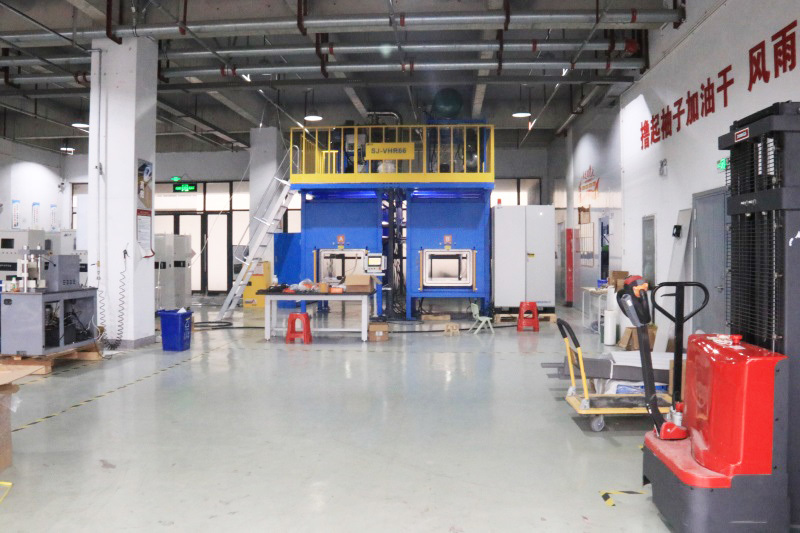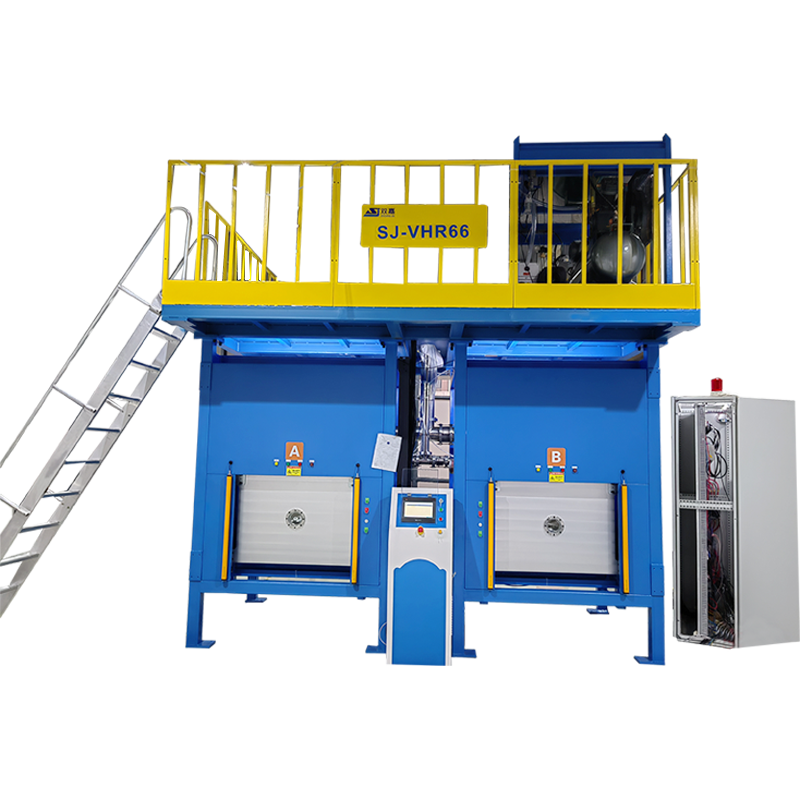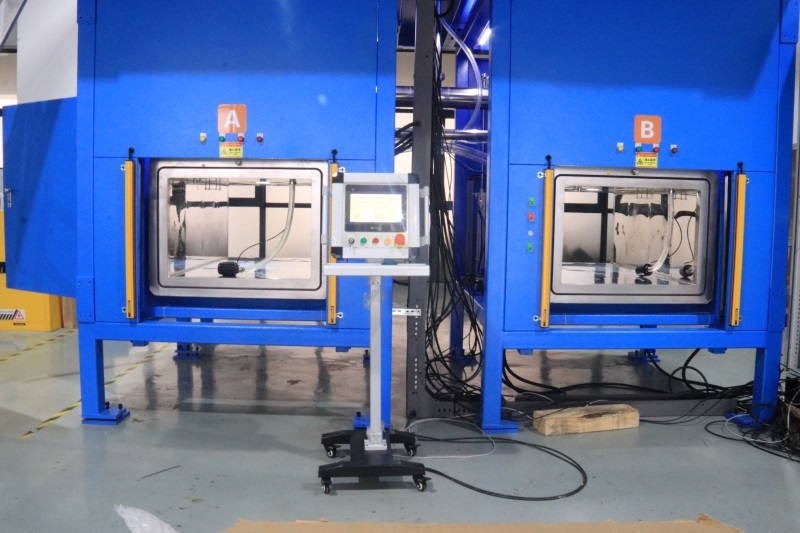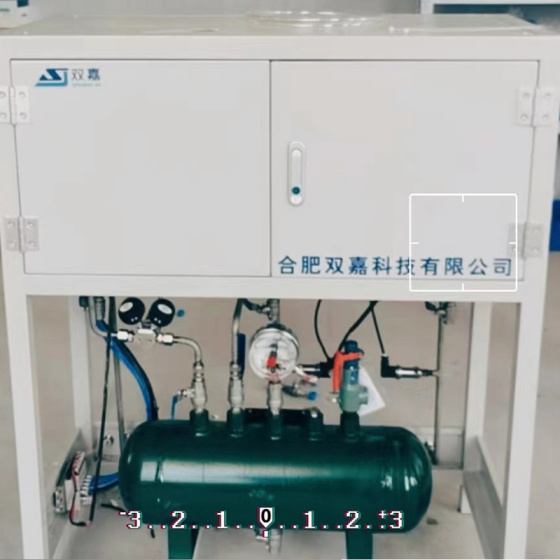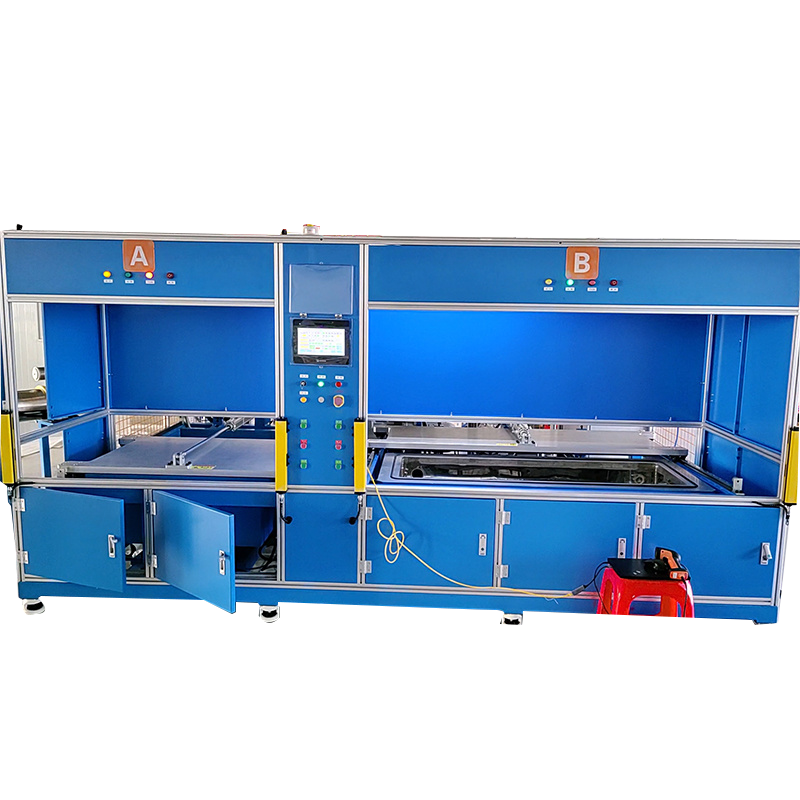Information Details
How Vacuum Box Helium Detectors Enhance Indoor Air Quality Assessment
How Vacuum Box Helium Detectors Enhance Indoor Air Quality Assessment Understanding Indoor Air Quality and Its Importance Indoor air quality (IAQ) plays a crucial role in our health and well-being. Poor air quality can lead to various health issues, from allergies and respiratory problems to serious illnesses. Common indoor pollutants include volatile organic compounds (VOCs), carbon dioxide, and
Release time:
2025-05-29
How Vacuum Box Helium Detectors Enhance Indoor Air Quality Assessment
Understanding Indoor Air Quality and Its Importance
Indoor air quality (IAQ) plays a crucial role in our health and well-being. Poor air quality can lead to various health issues, from allergies and respiratory problems to serious illnesses. Common indoor pollutants include volatile organic compounds (VOCs), carbon dioxide, and particulate matter. Therefore, assessing and maintaining good IAQ is essential for creating a safe and healthy environment, whether at home or in the workplace.
The Role of Technology in Air Quality Assessment
With advancements in technology, air quality assessment has become more precise and effective. Various instruments are now available to measure different pollutants and their concentrations. Among these, **Vacuum Box Helium Detectors** stand out due to their innovative design and accuracy in detecting gas leaks and evaluating air quality.
What Are Vacuum Box Helium Detectors?
Vacuum Box Helium Detectors are specialized instruments designed to detect helium leaks in various environments, particularly in indoor spaces. They utilize a vacuum box chamber to create a controlled environment for testing, allowing for accurate measurement of helium concentration in the air. These detectors are pivotal in assessing IAQ, especially in settings where helium is present, such as laboratories, hospitals, and industrial facilities.
How Do Vacuum Box Helium Detectors Work?
The operation of Vacuum Box Helium Detectors involves several key steps:
1. **Creating a Vacuum**: The detector first establishes a vacuum environment within the box, which eliminates external air influences.
2. **Introducing Helium**: Helium is introduced into the system, simulating a leak or source of contamination.
3. **Measurement**: The detector measures the concentration of helium using advanced sensors. This data provides insights into potential leaks and overall air quality.
4. **Data Analysis**: The collected data is analyzed, allowing for the identification of problematic areas and necessary adjustments to improve air quality.
Advantages of Using Vacuum Box Helium Detectors for Indoor Air Quality Assessment
Employing Vacuum Box Helium Detectors offers numerous benefits for indoor air quality evaluation:
High Sensitivity and Accuracy
Vacuum Box Helium Detectors are known for their **sensitivity** in detecting minute concentrations of helium. This high accuracy ensures that even the smallest leaks are identified, allowing for timely remediation efforts.
Minimal Environmental Impact
Since these detectors use helium, a non-toxic and inert gas, they pose minimal risk to the environment and human health. This makes them ideal for use in sensitive indoor environments, such as hospitals and schools.
Versatility in Application
Vacuum Box Helium Detectors are versatile and can be utilized in various settings, including:
- **Laboratories**: Ensuring that controlled environments remain free from contamination.
- **Manufacturing Plants**: Detecting gas leaks that could affect product quality and safety.
- **Residential Areas**: Monitoring IAQ to protect the health of inhabitants.
Key Features of Vacuum Box Helium Detectors
To fully appreciate the effectiveness of these detectors, it’s important to understand their key features:
Real-Time Monitoring
Many modern Vacuum Box Helium Detectors offer real-time monitoring capabilities, providing continuous updates on air quality. This feature is essential for environments where conditions can change rapidly.
Data Logging and Reporting
Advanced detectors come equipped with data logging options, allowing for the collection and storage of historical data. This information can be crucial for assessing trends over time and making informed decisions about air quality management.
User-Friendly Interfaces
These detectors often feature user-friendly interfaces that simplify operation and data interpretation. Training personnel to use the equipment effectively is straightforward, leading to better compliance and understanding of IAQ standards.
Best Practices for Using Vacuum Box Helium Detectors
To maximize the effectiveness of Vacuum Box Helium Detectors, it is vital to follow best practices:
Regular Calibration
Periodic calibration ensures that detectors maintain their accuracy. Following manufacturer guidelines for calibration frequency is essential for consistent performance.
Routine Maintenance
Regular maintenance, such as cleaning and inspecting components, helps prevent malfunctions and prolongs the lifespan of the detector. Keeping the equipment in optimal condition is crucial for reliable results.
Comprehensive Training
Providing thorough training for users of the detectors can enhance the effectiveness of IAQ assessments. Understanding how to interpret data and perform necessary follow-ups is critical for successful air quality management.
Case Studies: Successful Implementation of Vacuum Box Helium Detectors
To illustrate the impact of Vacuum Box Helium Detectors, let’s explore a few case studies where their use has significantly improved indoor air quality.
Case Study 1: Hospital Environment
In a major hospital, Vacuum Box Helium Detectors were employed to monitor IAQ in surgical and sterile environments. The detectors identified helium leaks from various equipment, leading to immediate repairs. As a result, the hospital could maintain stringent air quality standards, ensuring patient safety and comfort.
Case Study 2: Industrial Facility
An industrial facility utilized Vacuum Box Helium Detectors for leak detection in their helium-based cooling systems. The early detection of leaks allowed for quick responses, minimizing downtime and preventing significant financial losses due to production delays.
Future Trends in Indoor Air Quality Assessment Technology
As technology continues to evolve, we can expect to see advancements in IAQ assessment tools, including:
Integration with IoT Devices
Integrating Vacuum Box Helium Detectors with Internet of Things (IoT) technology allows for remote monitoring and control. This development will enable facilities to respond to air quality issues in real time, enhancing health and safety protocols.
AI and Machine Learning Applications
The use of artificial intelligence and machine learning can improve data analysis from detectors, identifying patterns and predicting when air quality might decline. This proactive approach can lead to better management strategies.
Frequently Asked Questions About Vacuum Box Helium Detectors
1. How often should Vacuum Box Helium Detectors be calibrated?
Regular calibration is recommended at least once a year, or more frequently based on usage and manufacturer guidelines.
2. Are Vacuum Box Helium Detectors suitable for residential use?
Yes, they can be used in residential settings to monitor indoor air quality, especially in areas with potential helium exposure.
3. What maintenance is required for these detectors?
Routine maintenance includes cleaning, regular inspections, and ensuring all components are functioning correctly.
4. How does helium detection relate to indoor air quality?
Helium detection can indicate leaks in systems that may affect air quality, allowing for timely fixes to ensure a safe environment.
5. Can these detectors be used in outdoor environments?
While primarily designed for indoor use, they can be adapted for outdoor environments, although results may vary due to atmospheric conditions.
Conclusion
Vacuum Box Helium Detectors represent a significant advancement in the realm of indoor air quality assessment. Their ability to detect minute leaks and provide precise measurements ensures that environments remain safe and healthy. By understanding their operation, advantages, and best practices, we can leverage these tools to enhance indoor air quality effectively. As technology evolves, the integration of these detectors with IoT and AI will further revolutionize how we monitor and manage air quality, paving the way for healthier living and working spaces.
Vacuum box helium detector
Latest Blog


